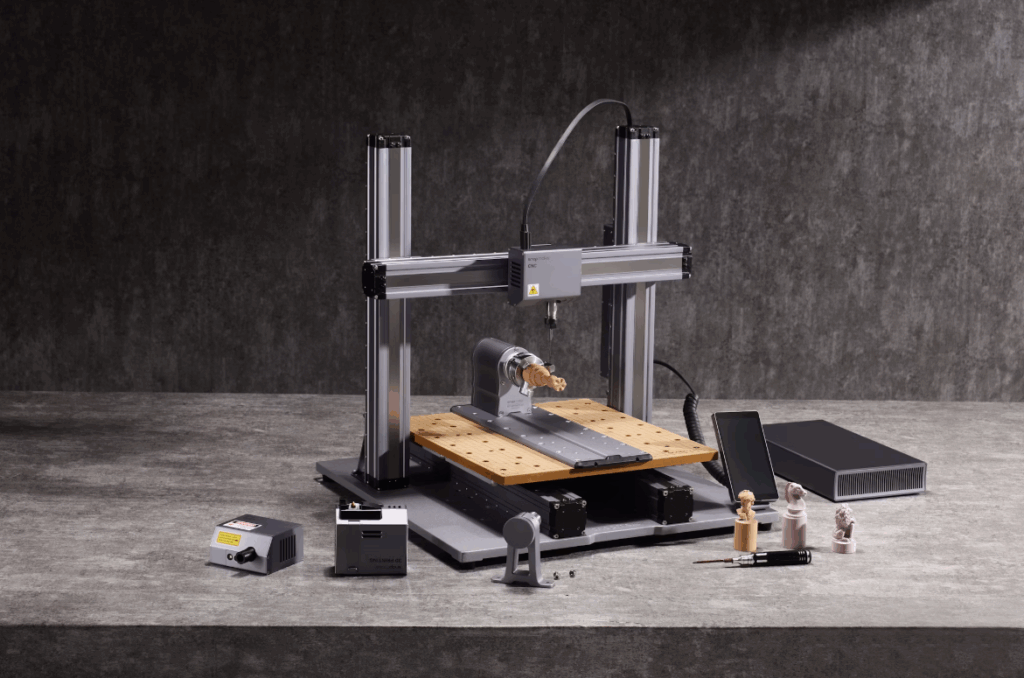Good print design starts with structural awareness. Walls under 1.2 mm often collapse on FDM printers, especially at low resolution. Overhangs over 45° may need supports. We give guidelines based on nozzle size and filament type: PLA, PETG, ABS.
Bridging is another welcome strategy. Instead of adding supports, bridge small gaps by optimizing design with built‑in angles. Use slicer features to adjust cool fan and speed. Combined with design modifications, bridging becomes accessible.
Tolerance matters: press-fit parts always need clearance. We test designs with increments—0.1 mm, 0.2 mm, 0.3 mm—and track which works. Your printer calibration and material setbacks matter too.
Orientation matters: print flat where possible. Tall skinny pillars may wobble. Wide bases yield stability. Sometimes rotating parts by 90° saves tons of support while keeping geometry intact. FreeCAD workbench reprapprox can help rotate surfaces before export.
Infill patterns shouldn’t be decorative—they’re structural. We analyze honeycomb vs grid, gyroid, cubic. Each offers different rigidity to weight ratios. Choose honeycomb for rigidity; gyroid for flexible items; grid for light structures.
Post-print finishing boosts design quality. Sanding, priming, coating, vapor smoothing—each treatment increases the professional look and functional use of prints. Use fine-grit sandpaper, 60 °C heat guns for PLA, acetone vapor for ABS, etc.
Mastering 3D Printing Design means thinking beyond shape. It means materials, geometry, and tools working in harmony. When you build this holistic thinking into every model, your creations stand out—in both form and function.

